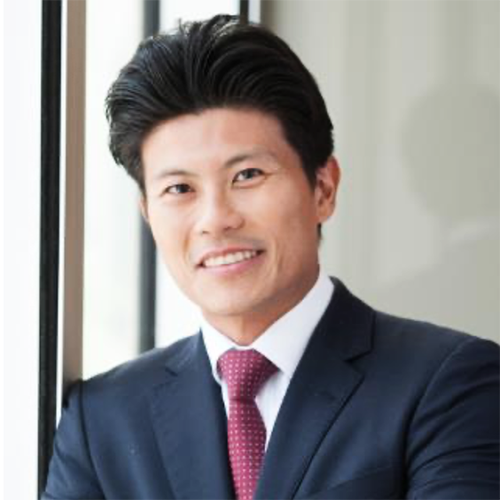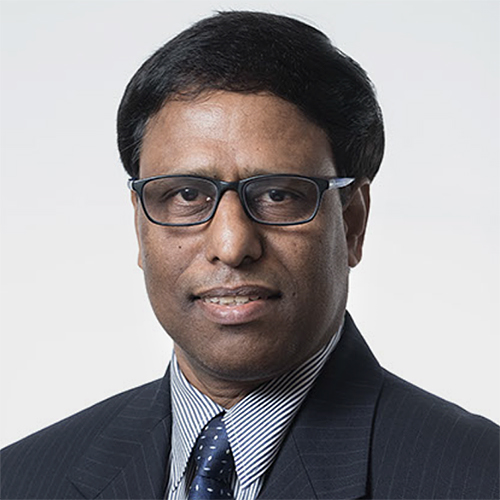Countries across Asia have set themselves differing targets to achieve a net-zero gain in carbon emissions. Indonesia’s target is no later than 2060. Malaysia has committed to achieving net zero by 2050 as has Singapore. And the governments of the region’s biggest countries and carbon emitters – India and China – are committed to targets of 2070 and 2060 respectively.
No matter the timing, one thing is clear – reaching these emission milestones will require massive amounts of financing, and someone has to pay for it.
Constructing offshore and onshore wind farm and solar projects, developing biomass energy, producing sustainable aviation fuel and marshalling the infrastructure needed to support electric vehicles does not come cheap.
Asia could need up to US$71 trillion in investments, according to the Asia Investor Group on Climate Change, to achieve net-zero carbon emissions by 2050.
Funding solutions
For years, the partnership between the public sector and the private sector to jointly develop a public sector project, such as a major infrastructure development, has been known as a public-private partnership (PPP).
In principle, that model should provide a perfect match for the infrastructure required to support the decarbonization that Asia requires in its long-term struggle against carbon dioxide emissions.
Typically, a PPP would see the management acumen and financial expertise of private business applied to a project or development to increase, in theory, the quality, efficiency and competitiveness of a public service.
This partnership of finance, proficiency and industry knowledge can typically expedite infrastructure development and add a higher standard of quality to a public project than there generally would be in a purely government funded one.
PPPs have also germinated a number of derivative structures, such as build, operate and transfer (BOT), and design, build and operate.
Hong Kong is home to a number of large-scale PPP infrastructure projects, as international law firm King & Wood Mallesons points out in a 2023 paper, with the construction and operation of the cross-harbour tunnels connecting Hong Kong Island to Kowloon on the mainland of China cited as examples of BOT PPP projects.
Maturing concept
However, the funds required to attain net-zero are now so vast that more solutions had to be created; and the financial structuring for these vehicles – and for those in emerging markets, in particular – had to accommodate a robust element of social development and fund new renewable energy infrastructure, giving birth to the concept of blended finance.
Cruelly called “lipstick on a PPP pig” by sceptics in 2015 when the idea of blended finance was first mooted, the claim was that while its branding was endearing, its concept was not.
“Blended finance is often touted as the new panacea,” says DBS chief executive Piyush Gupta speaking at the recent Temasek-backed Ecosperity Week 2024 conference in Singapore. “The reality is that blended finance is just old wine in a new bottle. It’s a new and elegant way of saying somebody else has to pay for it.”
However, blended finance has matured and is carving out its own distinctive channel – one that fits the demands of many countries in Asia and, in particular, in jurisdictions where economic growth is pushing out carbon emissions but where growth is also essential to continue lifting millions out of poverty.
Although blended finance and PPP are both structures designed to induce private sector investment for public projects, they now clearly differ in their structures, purposes and applications.
While PPP structure primarily aims at the efficient delivery and management of public infrastructure and services, a blended finance one focuses on not only the hard infrastructure, but also on developmental and social impacts, in synch with its aim of making projects viable for private investment.
Private investment hurdle
A blended finance structure now also refers to the considered use of development finance and philanthropic funds to help summon private capital flows to emerging markets and sustainable development goals.
The principal purpose is to attract private investment into projects that have developmental impacts but may be considered too risky or not sufficiently profitable for private investors alone.
Typically, a blended finance structure can now consist of layers of diverse financing, such as grants, concessional finance (below-market rate loans) and commercial finance. In such cases, the concessional funds can assume some of the risk, making the project more attractive to private investors.
For private investors, however, risk perceptions and the underpinning risk ratings remain critical barriers to the scaling up of their blended finance investments.
Convergence, the global network for blended finance, in its April 2024 report, finds that most blended finance transactions occurred in countries with non-investment-grade sovereign credit ratings.
Meanwhile, most private investors have investment policies tied to more favourable investment-grade jurisdictions, and this mismatch can delay or discourage capital inflows towards the regions in which their capital is most needed.
Singapore steps up
Singapore Prime Minister and minister for finance Lawrence Wong, speaking on June 6 at the Indo-Pacific Economic Framework for Prosperity in Singapore in one of his first significant speeches, outlined the city-state’s plan to put together a blended finance platform called Financing Asia’s Transition Partnership, or FAST-P in short.
“Blended finance is about partnership and synergy across multiple players,” Wong notes. “It’s about pooling concessional capital and using that to catalyze and crowd in multiples of private commercial capital, especially for the marginally bankable projects.
“Singapore has been talking about this for some time. As a financial centre, this is important, and we have been championing this. After a while, we decided that we can’t just talk about this. We have to lead by example too.”
Over the last few months, Singapore, Wong points out, has been working closely with multi-lateral development banks and philanthropic organizations to mobilize a base of concessional capital for this FAST-P platform.
And there has been strong momentum, he adds, with the Asian Development Bank, the World Bank’s IFC, Global Energy Alliance for People and Planet, Allied Climate Partners and Temasek all expressing interest.
Blended or PPP, it’s still not enough
However, even with its short, charmed life, blended finance may not prove to have enough heft to bridge the massive and growing financing gap countries in Asia are facing.
“The use of blended finance instruments as initially outlined in the Addis [Ababa Action] Agenda can be a powerful mechanism for mobilizing private finance in areas where the private sector would not have invested on its own,” shares Amina J. Mohammed, deputy secretary-general of the United Nations and chair of the United Nations Sustainable Development Group, speaking in April. “However, to date, blended finance has struggled to catalyze private investment at the scale required.
“The roughly US$213 billion mobilized [globally] over the past decade pales in comparison to the trillions needed. And only a small portion of funds has gone to the poorest countries, including least developed countries. We must do better.
“I commend the work, started by a number of multilateral development banks, to revisit their approach to blended finance, particularly through the expanded use of guarantees to mitigate risk and catalyze private finance. This work must continue with urgency.”
No matter what it is called now, in the past or in the future, the moniker, appellation or label given to funding instruments really doesn’t matter that much, so long as the purpose and the result are to support the delivery of net zero on budget and on time in the places in Asia where it is urgently needed.









